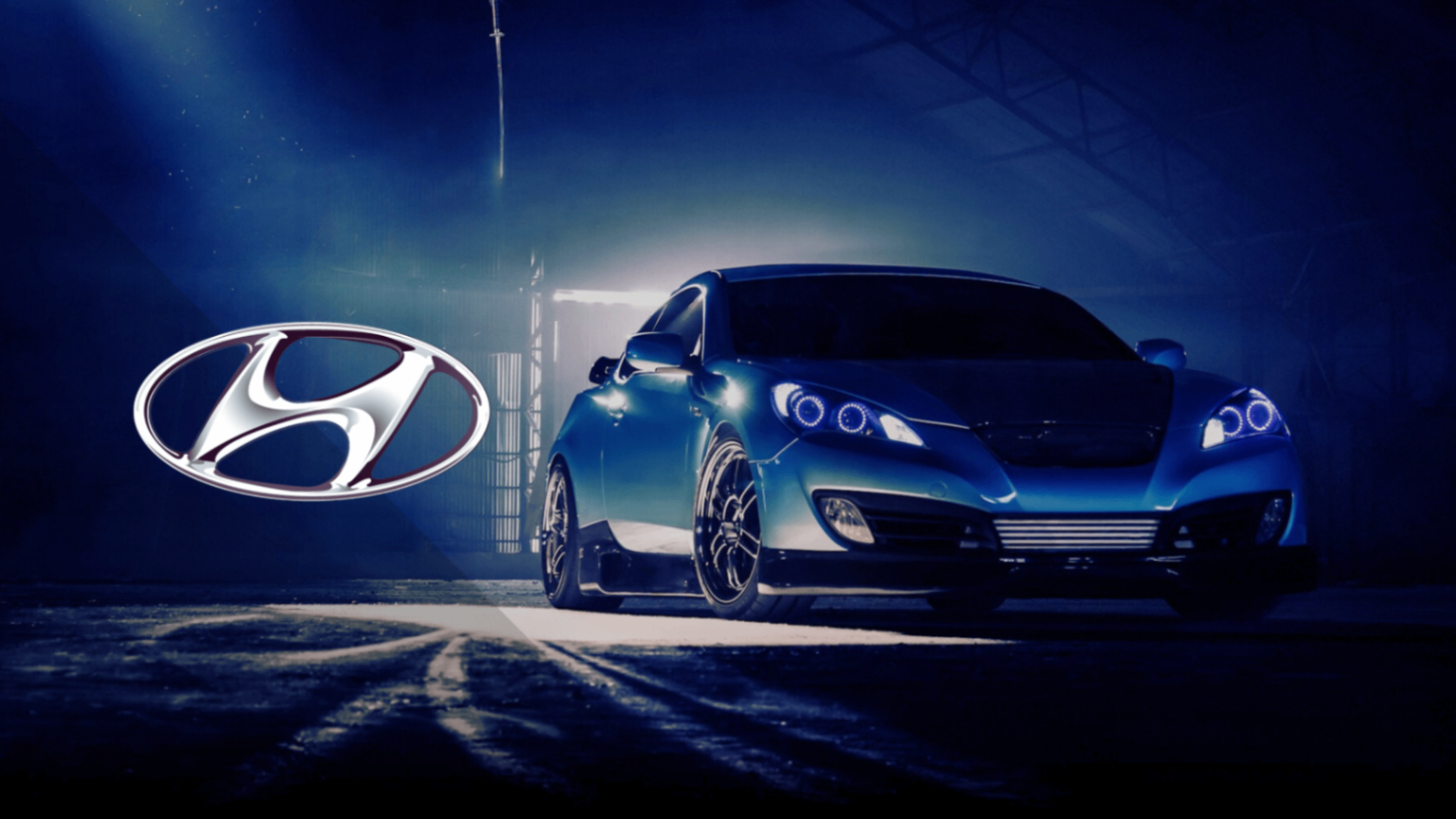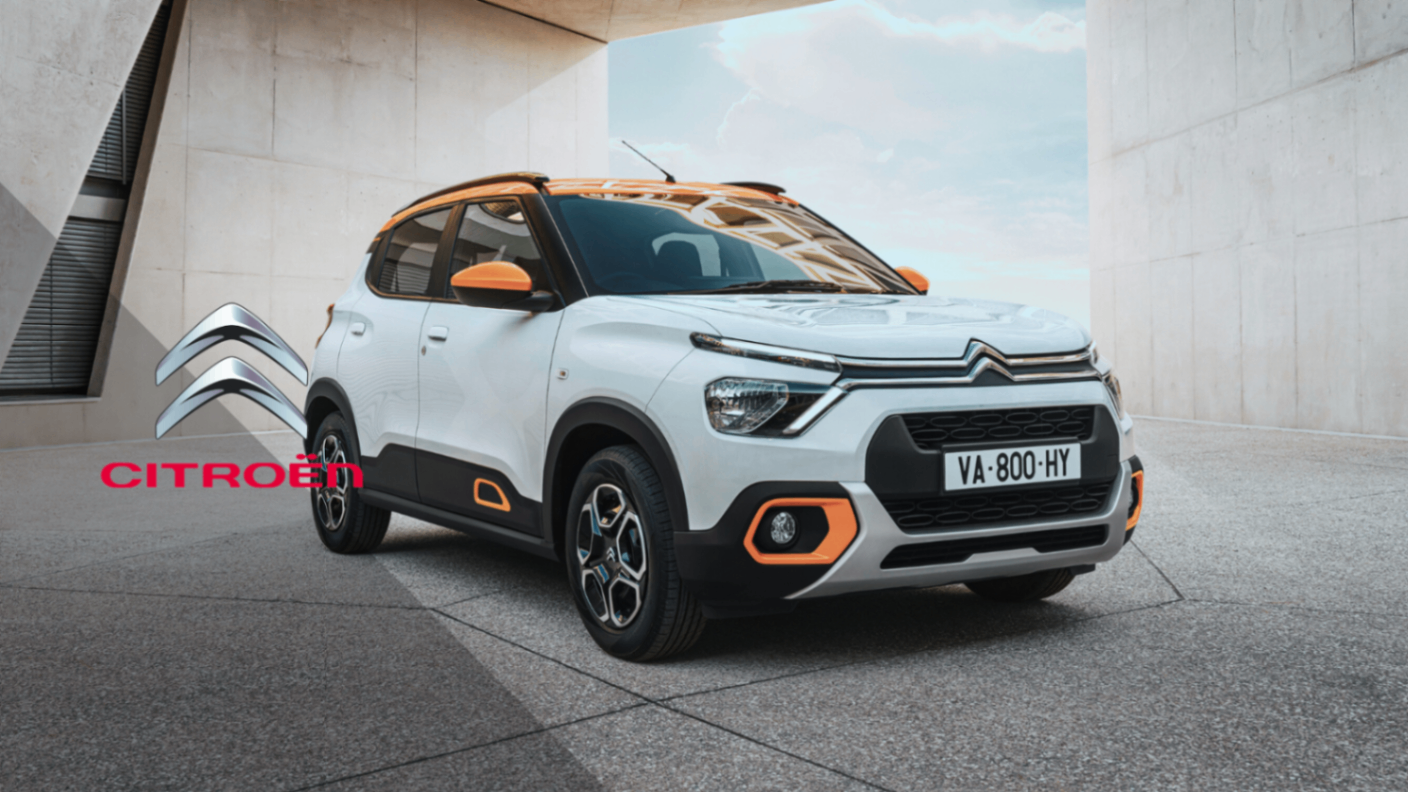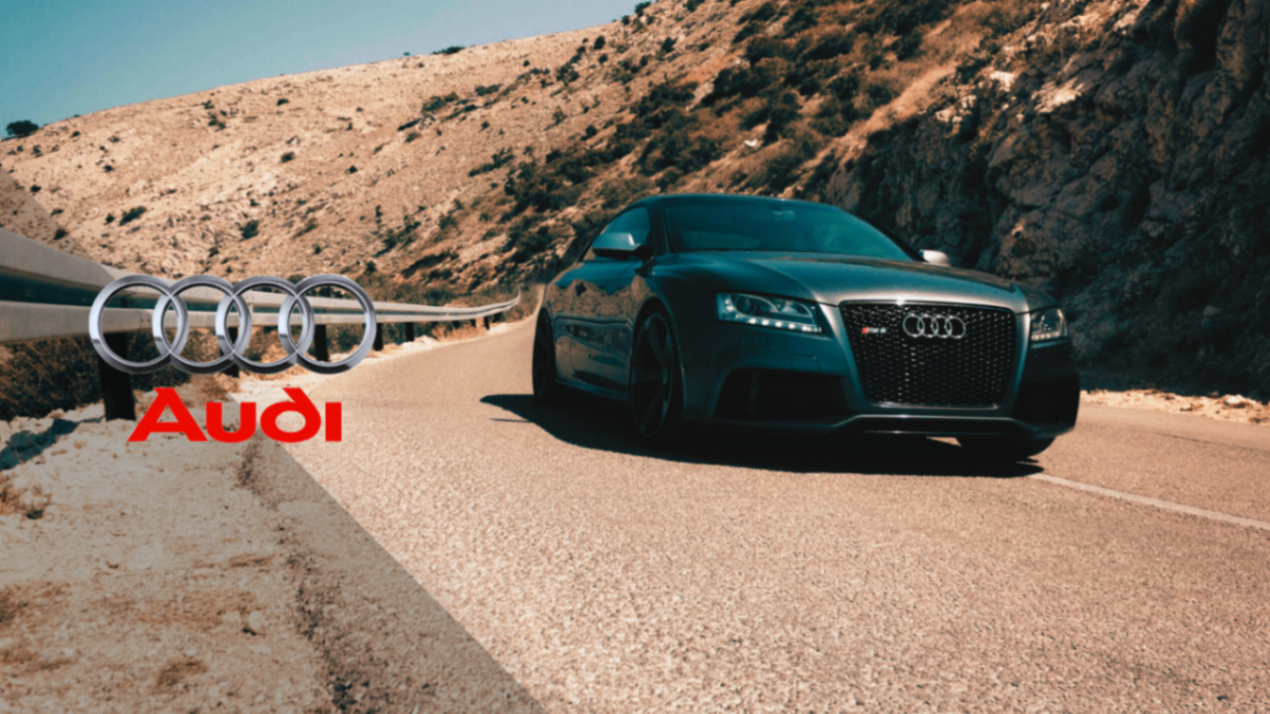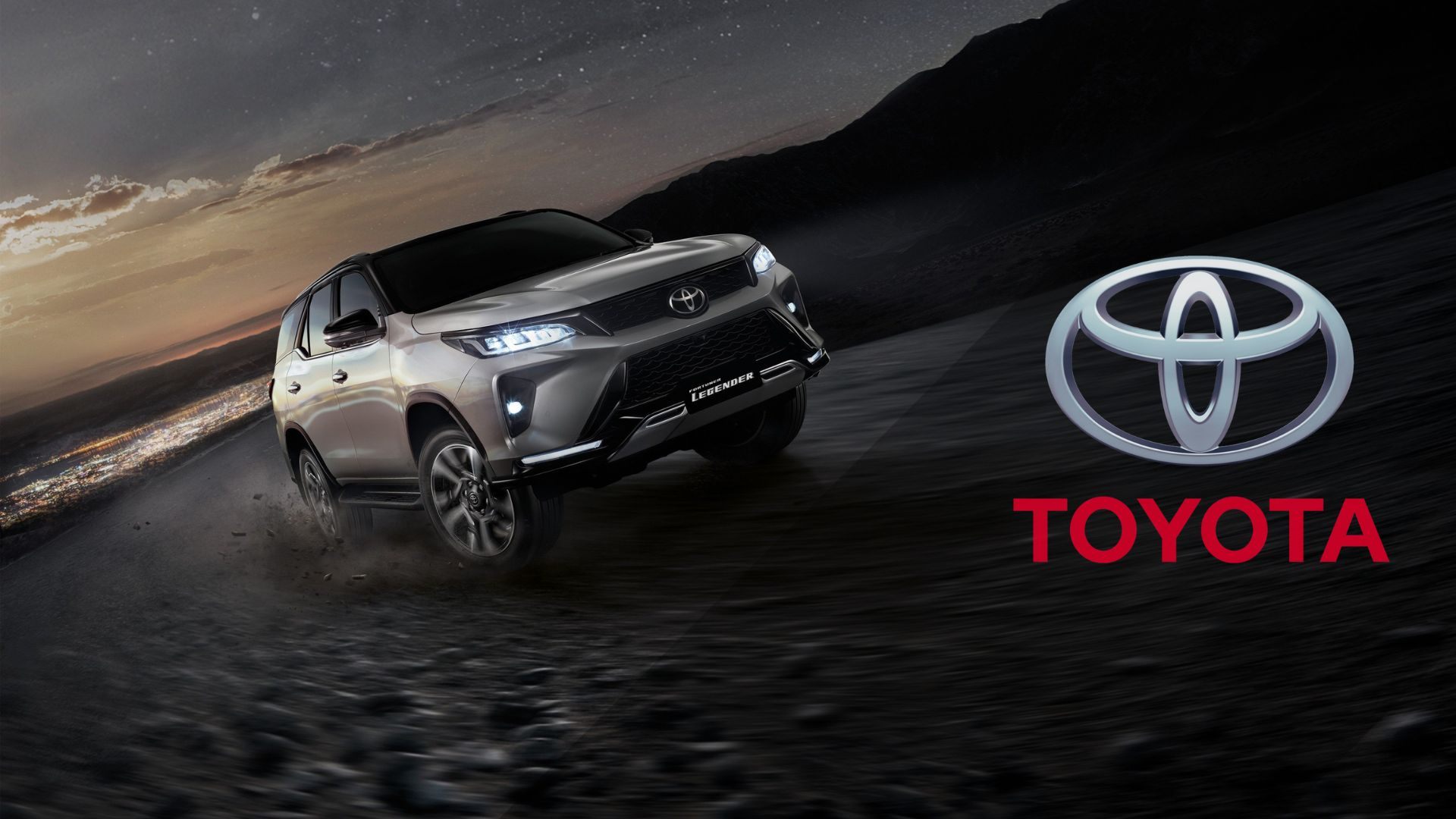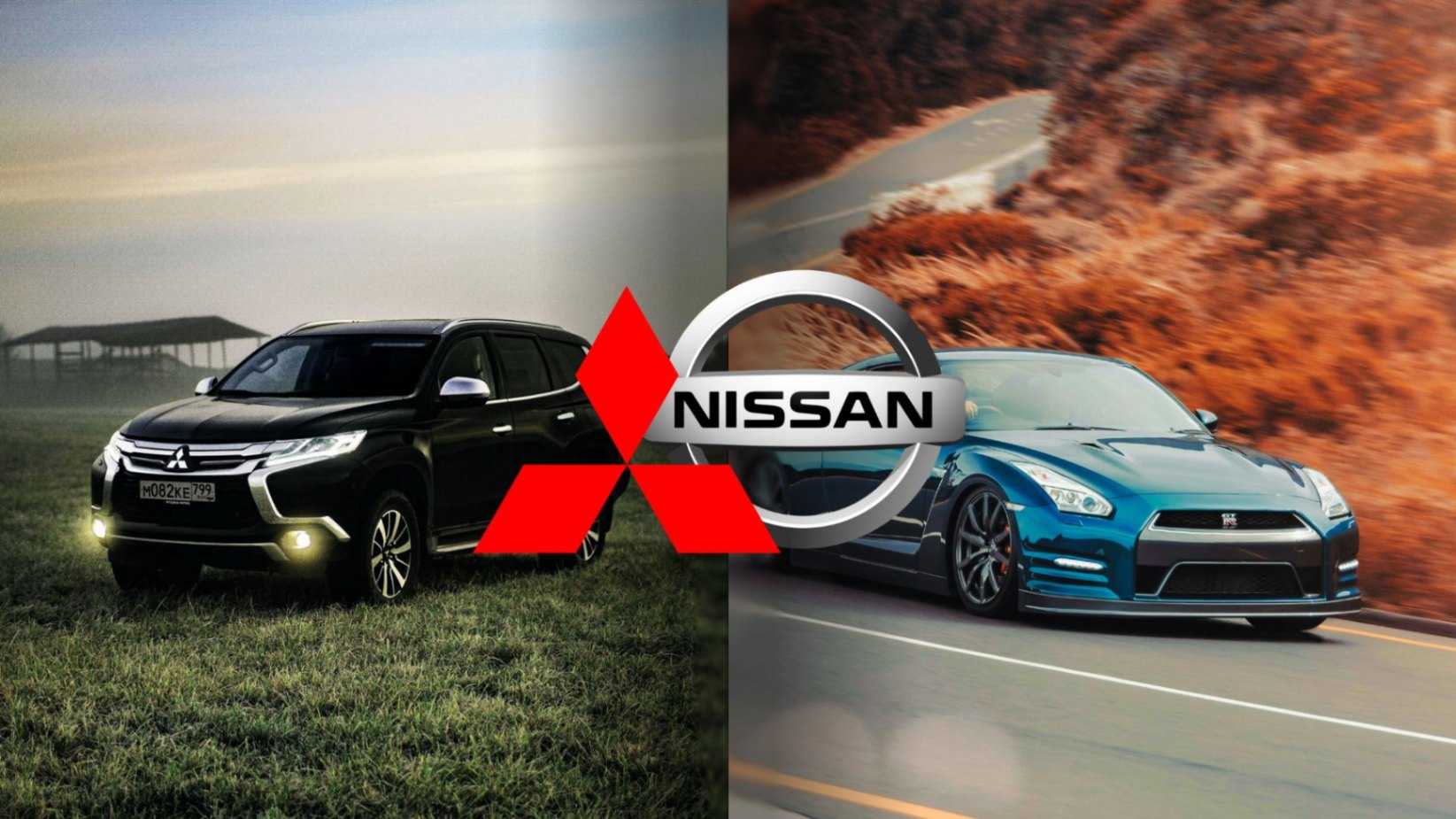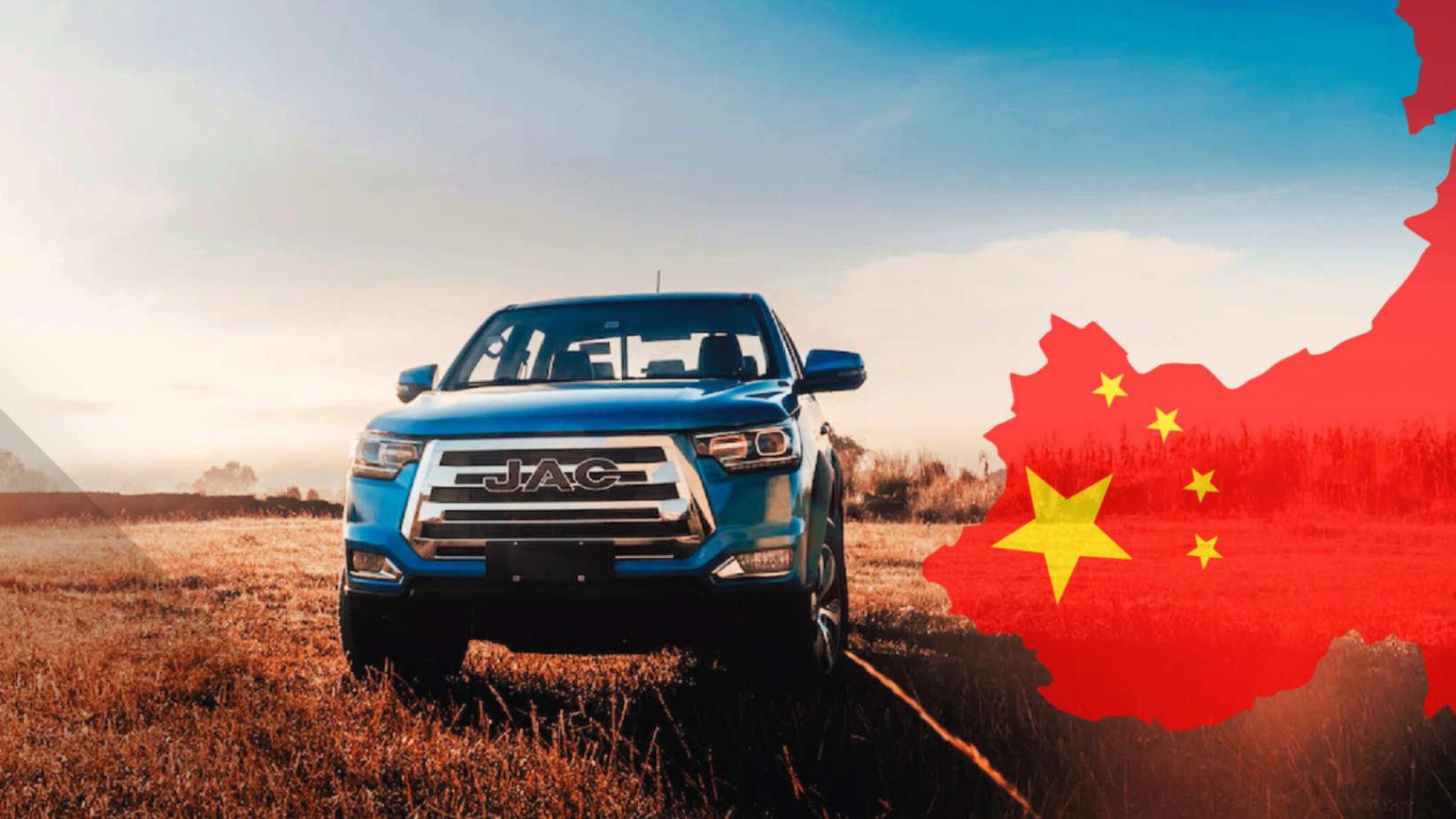
Since its founding in 1967, Hyundai has embarked on a fascinating journey in the automotive world, transforming from a relatively unknown Korean manufacturer into a global giant recognized for its innovation and quality. As Korean cars faced skepticism in the international market, Hyundai decided to challenge expectations, redefining what it means to be a "made in Korea" car. Join us on this journey to discover how Hyundai has not only changed the image of Korean vehicles but has also left an indelible mark on the global automotive industry.
The Beginnings of Hyundai
Founded in 1967, Hyundai Motor Company emerged during the nascent stages of the Korean automotive industry. Faced with limited infrastructure and a lack of automotive manufacturing experience, Hyundai embarked on its journey with a clear vision of innovation and quality, aspiring to become an industry leader. Despite ambitious goals, initial models like the Hyundai Cortina, developed in collaboration with Ford, faced significant challenges in terms of acceptance and perception. Local consumers were skeptical about the durability and quality of Korean vehicles, forcing Hyundai to redouble its efforts to improve production processes and quality standards.
The industrial context of South Korea at that time was marked by a growing economy and a strong determination to compete internationally. The Korean government implemented policies to support the automotive industry, incentivizing local production and exports. Hyundai's early models, such as the Hyundai Pony, the first mass-produced Korean car, captured the attention of the local public due to its accessible design and functionality. This model not only succeeded in the domestic market but also paved the way for the company's future expansion into international markets. The acceptance of the Hyundai Pony enabled the company to invest in research and development, continuously improving its products and gaining the trust of consumers.
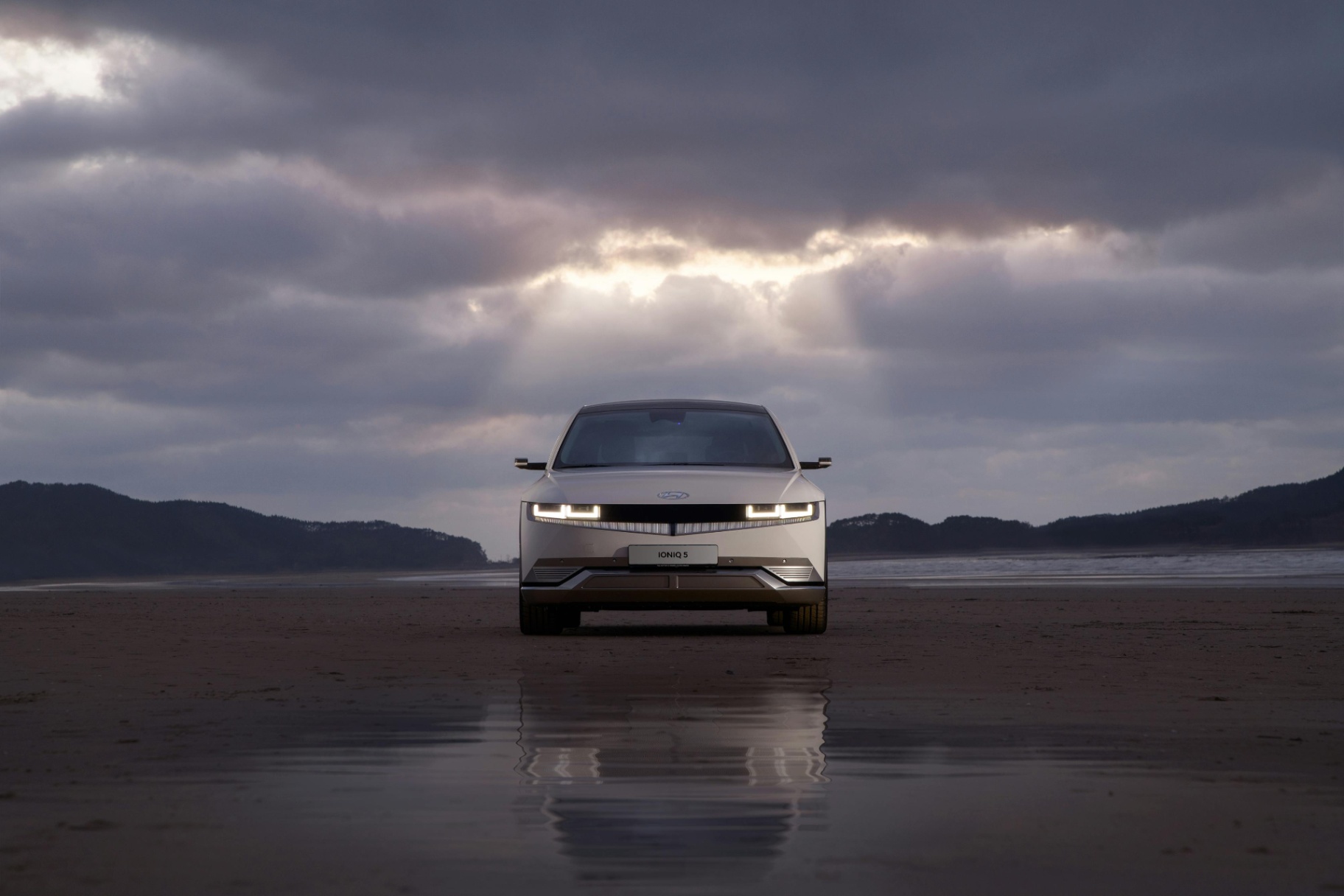
Innovations and Technological Advancements
Hyundai quickly recognized the significance of technological innovation and advanced design in transforming consumer perceptions. The company understood that to compete in a global market dominated by established brands, it was crucial not only to match but to exceed expectations in terms of technology and aesthetics. By incorporating cutting-edge technologies such as advanced navigation systems, driving assistance features, and more efficient engines, Hyundai began to differentiate itself from other Korean automakers. Additionally, the company invested significantly in developing attractive and modern designs, collaborating with renowned international designers to create vehicles that were not only functional but also visually striking.
Iconic models such as the Hyundai Sonata and the Hyundai Elantra marked a before and after in consumer perception. These vehicles not only offered excellent value for money but also incorporated advanced safety features like automatic braking systems and blind-spot detection, comparable to luxury brands. The elegant and aerodynamic design of these models, coupled with comfortable and well-equipped interiors, demonstrated that Korean cars could compete with the world's most recognized brands in terms of quality, safety, and style. The acceptance and success of these models in demanding markets like the United States and Europe solidified Hyundai's reputation as a manufacturer of high-quality and reliable automobiles.
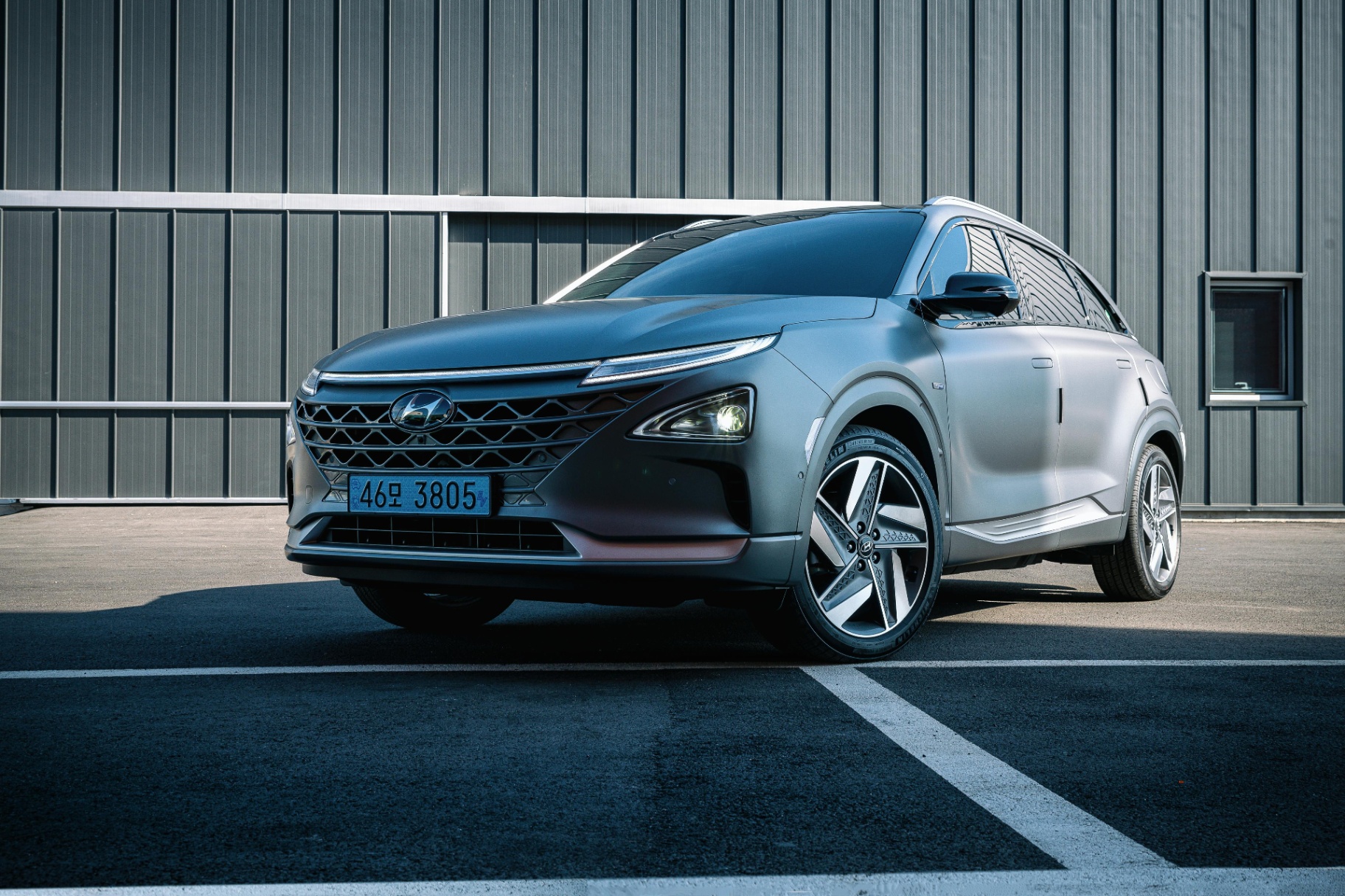
The Global Market Impact
Hyundai's international expansion was a key strategy in reshaping the narrative surrounding Korean cars. Opening plants abroad, such as in the United States, China, India, and the Czech Republic, not only allowed Hyundai to reduce production costs and improve logistics but also facilitated the adaptation of its vehicles to local preferences and regulations. This global expansion enabled Hyundai to demonstrate its ability to deliver high-quality products anywhere in the world, tailoring them to the specific demands of each market and ensuring efficient and accessible after-sales service.
Innovative marketing strategies also played a pivotal role in this process. Hyundai invested in advertising campaigns that highlighted the reliability, durability, and value of its vehicles, utilizing testimonials from satisfied customers and comparisons with other brands to showcase its competitive advantages. Moreover, Hyundai sponsored high-profile sporting events, such as the FIFA World Cup and the Olympic Games, significantly increasing its visibility and prestige globally. These marketing strategies not only captured the attention of new consumers but also helped to earn the trust and loyalty of consumers in highly competitive markets like the United States and Europe, where competition is fierce and quality expectations are extremely high.
Competition and Challenges
Throughout its history, Hyundai has faced fierce competition from global automotive brands. Companies like Toyota, Honda, and Ford posed significant challenges, both in terms of market share and consumer perception. These brands were already well-established and enjoyed a solid reputation for quality, reliability, and advanced technology, making Hyundai's entry and growth in international markets particularly difficult. Furthermore, these companies had a loyal customer base and an extensive distribution and service network, giving them a substantial competitive advantage.
However, Hyundai has demonstrated a remarkable ability to overcome these challenges through continuous product improvement and the adoption of intelligent competitive strategies. Investment in research and development, as well as in enhancing the customer experience, has been instrumental in remaining relevant in such a dynamic market. Hyundai focused not only on improving the quality and durability of its vehicles but also invested in innovative technologies and in designing cars that would capture consumers' attention. The company implemented extended warranty programs and exceptional after-sales services, which helped build customer trust and loyalty. Additionally, Hyundai adopted competitive pricing strategies and accessible financing, allowing more consumers to access its vehicles. The combination of these efforts has enabled Hyundai to not only compete but also excel in a highly competitive global market
Watch Here: How a Worker Built an Automotive Empire | The Toyota Story
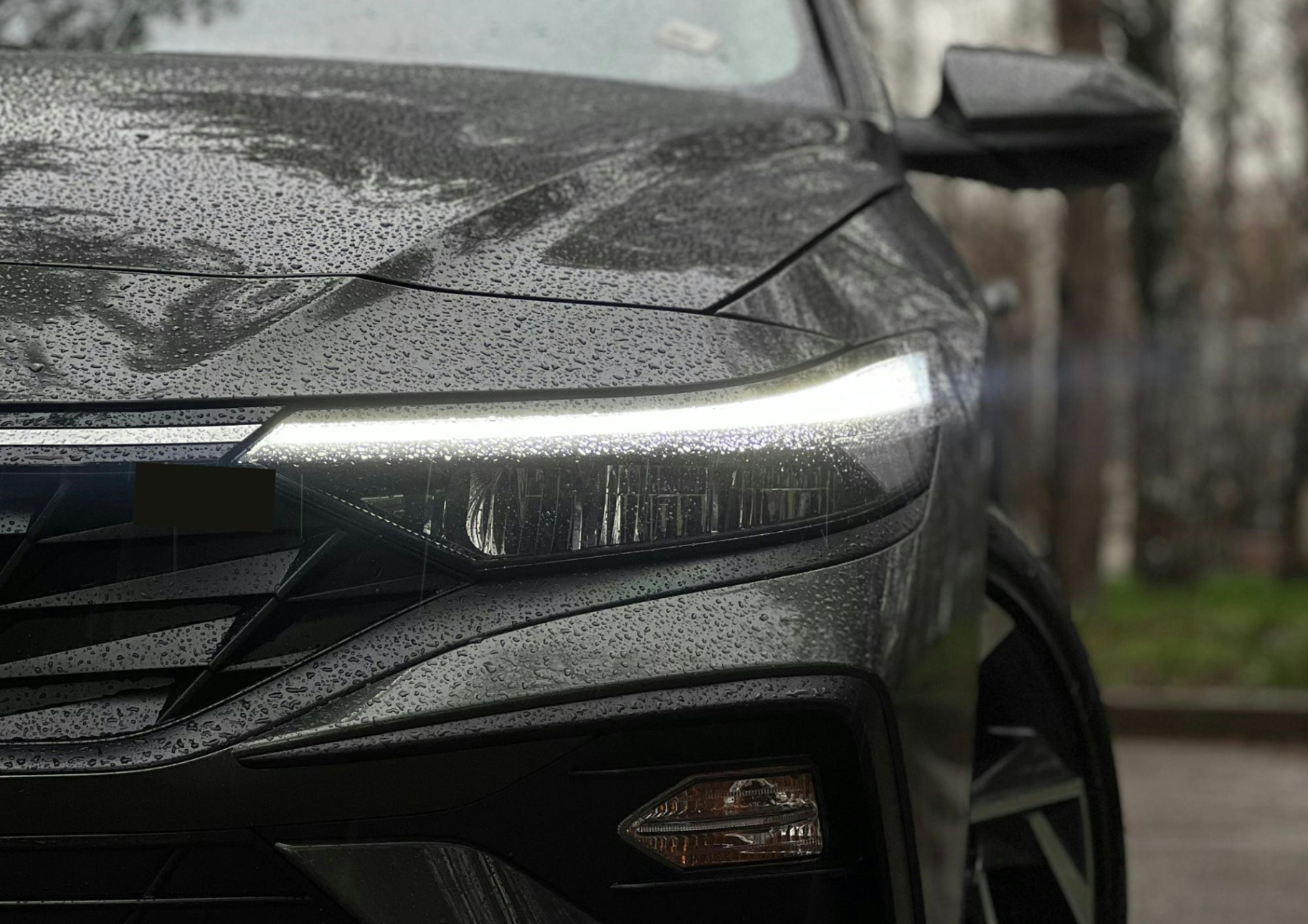
Sustainability and Hyundai's Future
Over the past decade, Hyundai has focused its efforts on sustainability and the electrification of its product range. Initiatives to reduce carbon emissions and develop electric and hybrid vehicles are part of its commitment to the environment and technological innovation. The company has launched a series of electric and hybrid models, such as the Hyundai Ioniq and the Hyundai Kona Electric, which have been well-received by both consumers and critics. Additionally, Hyundai has invested in research and development of advanced battery technologies and fast-charging systems, aiming to make electric vehicles more accessible and practical for the general public. The company has also formed strategic alliances with other technology and automotive companies to accelerate the development of sustainable mobility solutions, such as autonomous driving and energy management systems.
Hyundai's future looks promising, with projections indicating strong growth in the electric and eco-friendly vehicle sector. The brand continues to invest in green technologies and expand its electric vehicle infrastructure, positioning itself as a leader in the transition to more sustainable mobility. Hyundai has announced ambitious plans to significantly increase its production of electric vehicles in the coming years, with the goal of becoming one of the world's leading electric vehicle manufacturers. Furthermore, the company is exploring new forms of energy, such as hydrogen, and has launched the Hyundai Nexo, a hydrogen fuel cell vehicle, representing a significant step toward a zero-emissions future. With these initiatives, Hyundai seeks not only to reduce its carbon footprint but also to lead the automotive industry towards a cleaner and more sustainable future.

